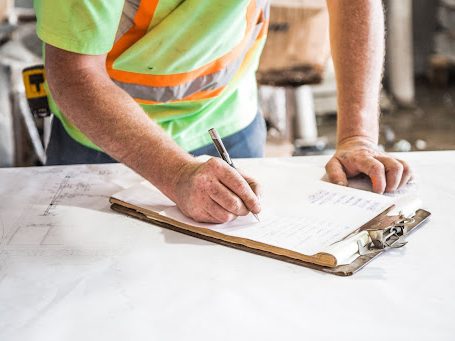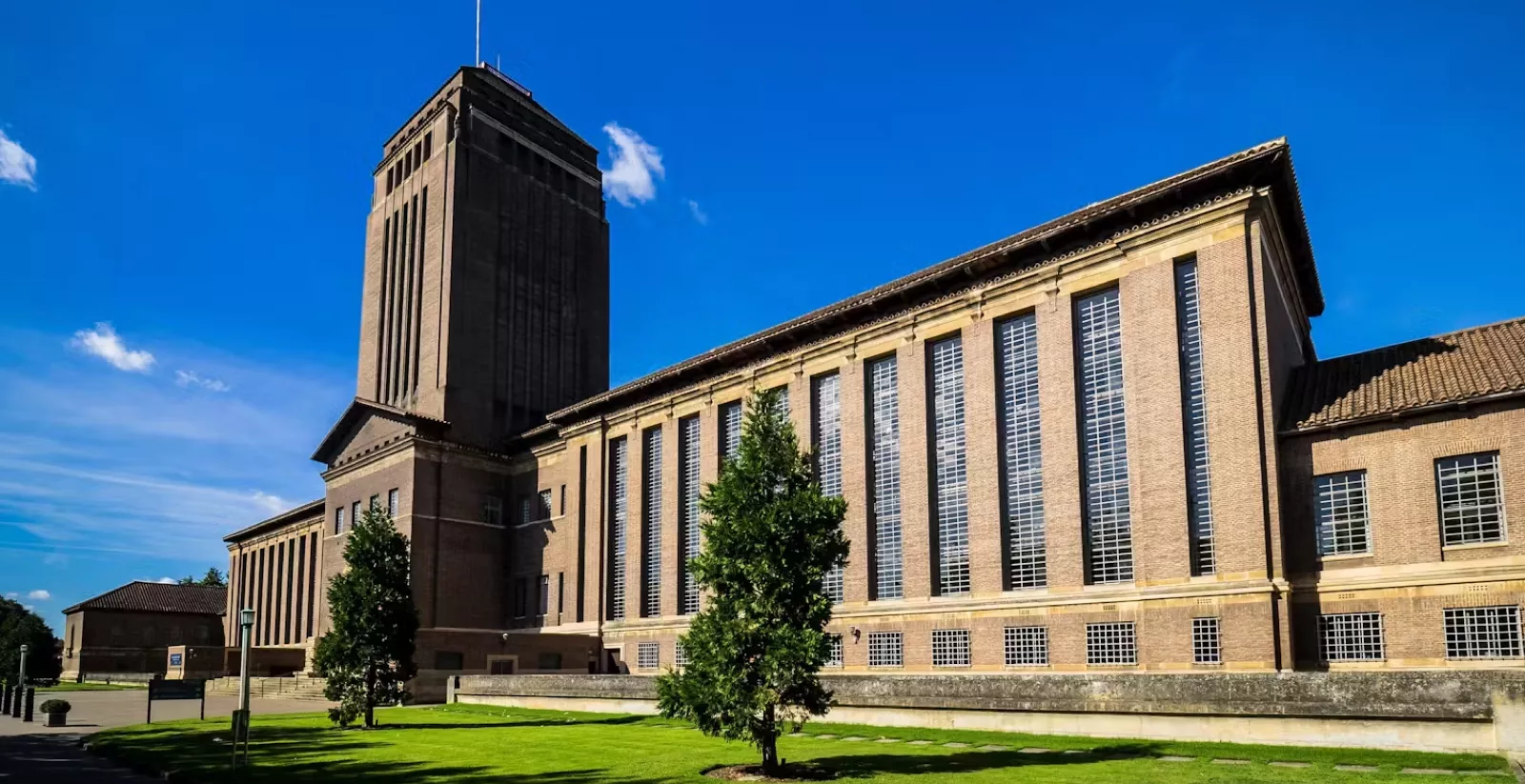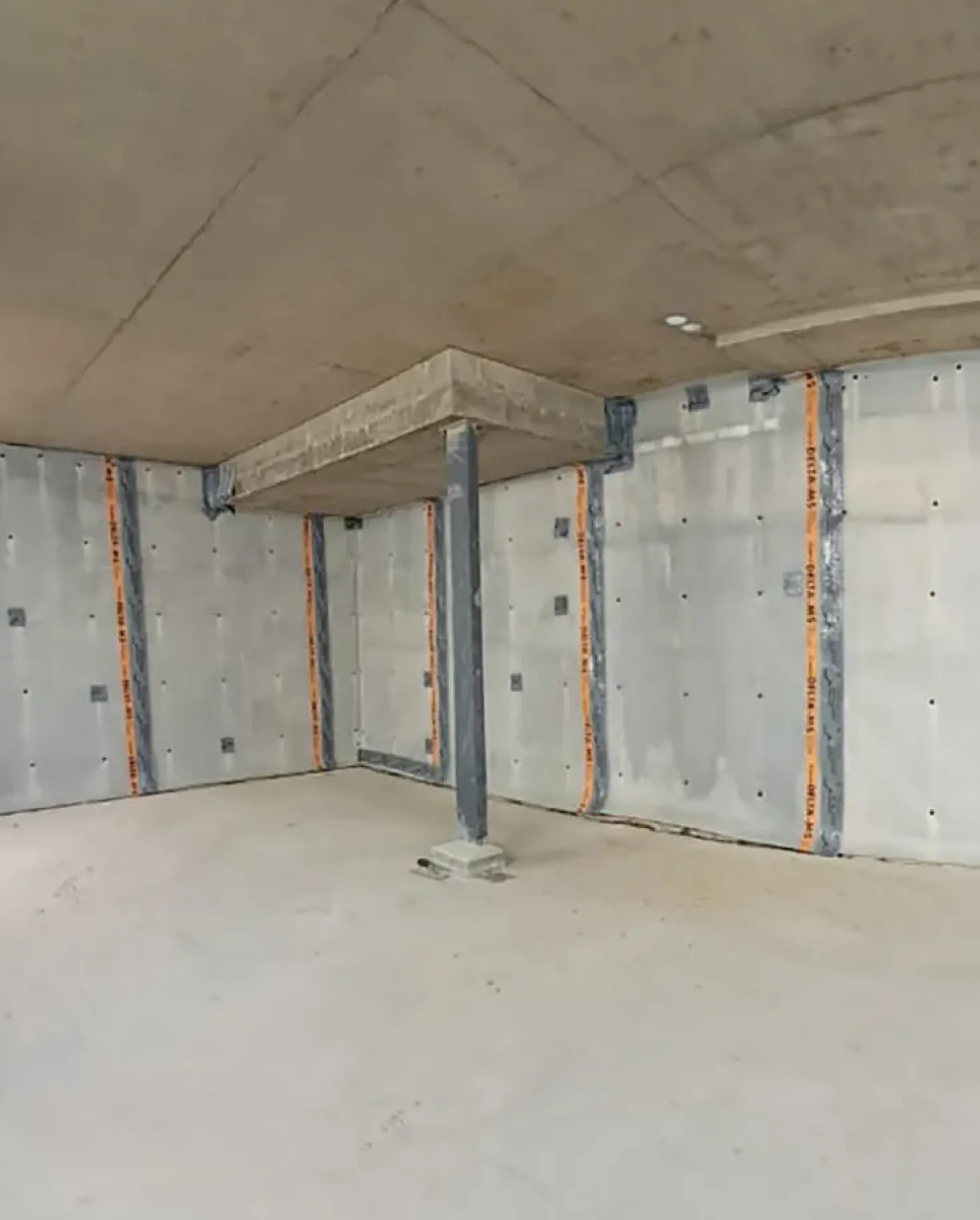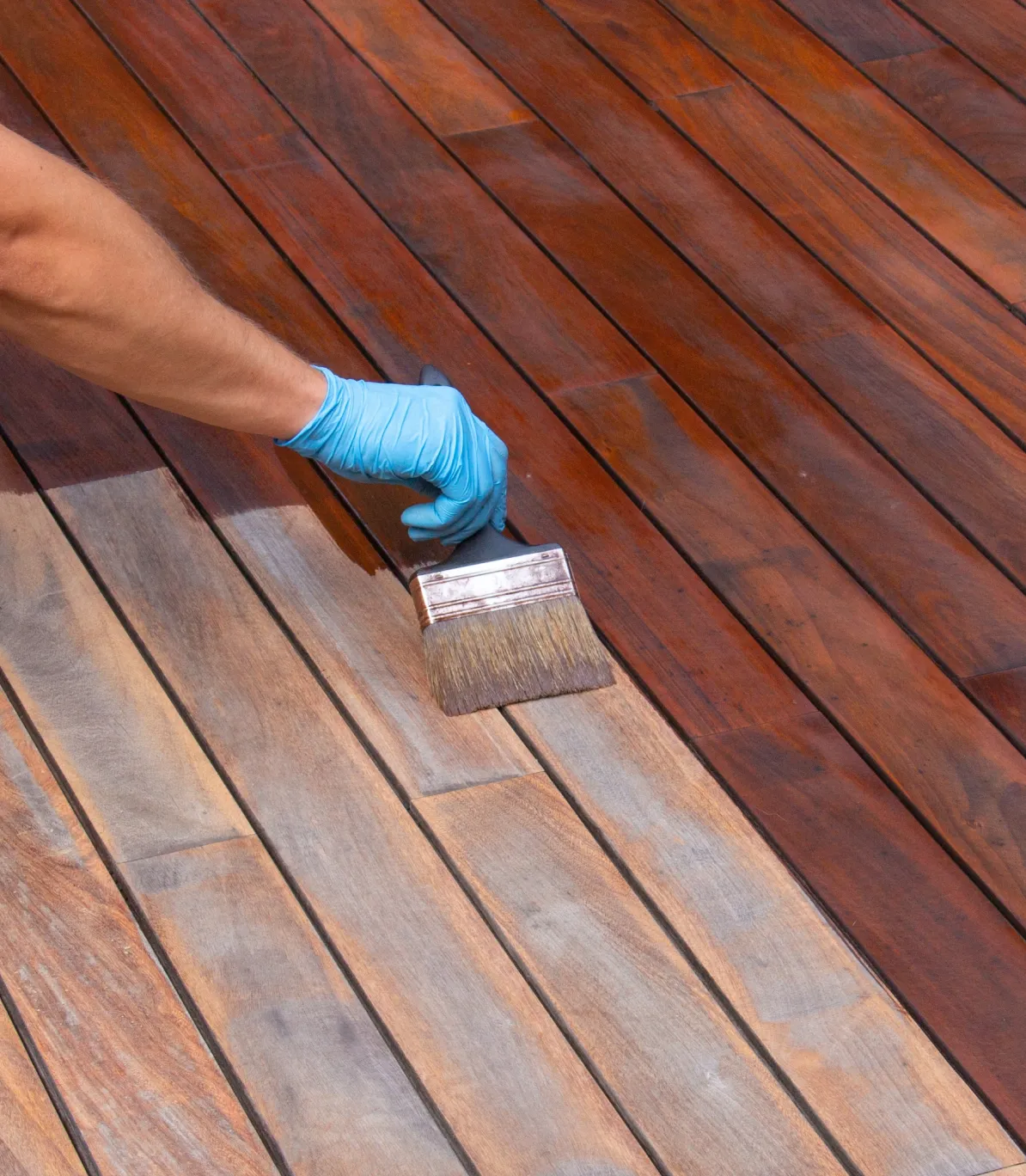Damp & Timber Specialist Surveys for Your Home
Certified surveys for damp, rot and timber. Clear, independent advice you can trust
- PCA-qualified surveyors
- Independent assessments
- Full written reports
- Fast appointments
- No pressure selling
A Clear Diagnosis You Can Trust
Damp and timber issues can make any homeowner uneasy. Maybe you’ve spotted mould, damaged plaster, a musty smell or timber that doesn’t feel as solid as it should. Or perhaps a surveyor, estate agent, or builder has raised concerns, and you want a specialist opinion before committing to work.
Our surveys are designed to give you clarity. We identify the cause of the issue, explain what needs to be done, and provide a written report you can rely on, whether you’re already living in the property or planning to purchase it.
Do You Need a Damp or Timber Survey?
- You may benefit from a specialist inspection if you’ve noticed things like:
- Persistent condensation or musty smells
- Damp patches, peeling paint or bubbling plaster
- Timber that feels soft, bouncy or crumbling
- Unusual staining on walls or skirting boards
- Concerns raised by a Homebuyer’s Report
If something doesn’t look or feel right, an early diagnosis can save considerable cost later.
Fill in the form below and one of our team will get back to you.
Alternatively give our friendly team a call today:
What Our Survey Includes
Every home is different, so we tailor our inspection to the symptoms you’re experiencing. However, a typical damp and timber survey includes:
Damp Investigation
We assess potential sources of moisture, including rising damp, penetrating damp and condensation. Moisture readings, damp mapping and visual inspection help us pinpoint the origin of the problem rather than just the symptoms.
Timber Assessment
We examine key structural timbers for signs of decay, woodworm, rot or excessive moisture. Sub-floor ventilation, joist condition and roof-space timbers are assessed where accessible.
Your Written Report
Within a short turnaround time, you’ll receive a clear, straightforward report explaining; what we found, the most likely cause, what needs to happen next, whether any repairs are urgent, practical, realistic recommendations. The goal is to give you confidence and a roadmap, not a sales pitch.
How the Process Works
No pressure. No pushy sales. Just honest, expert advice.
Step 1: Booking
Choose a date and time that suits you. We offer fast availability and Saturday appointments.
Step 2: The Home Visit
Your surveyor will carry out a detailed investigation, answer your questions and talk you through their initial findings.
Step 3: Written Report & Next Steps
You’ll receive a clear, detailed report you can share with contractors, insurers or your solicitor if needed.
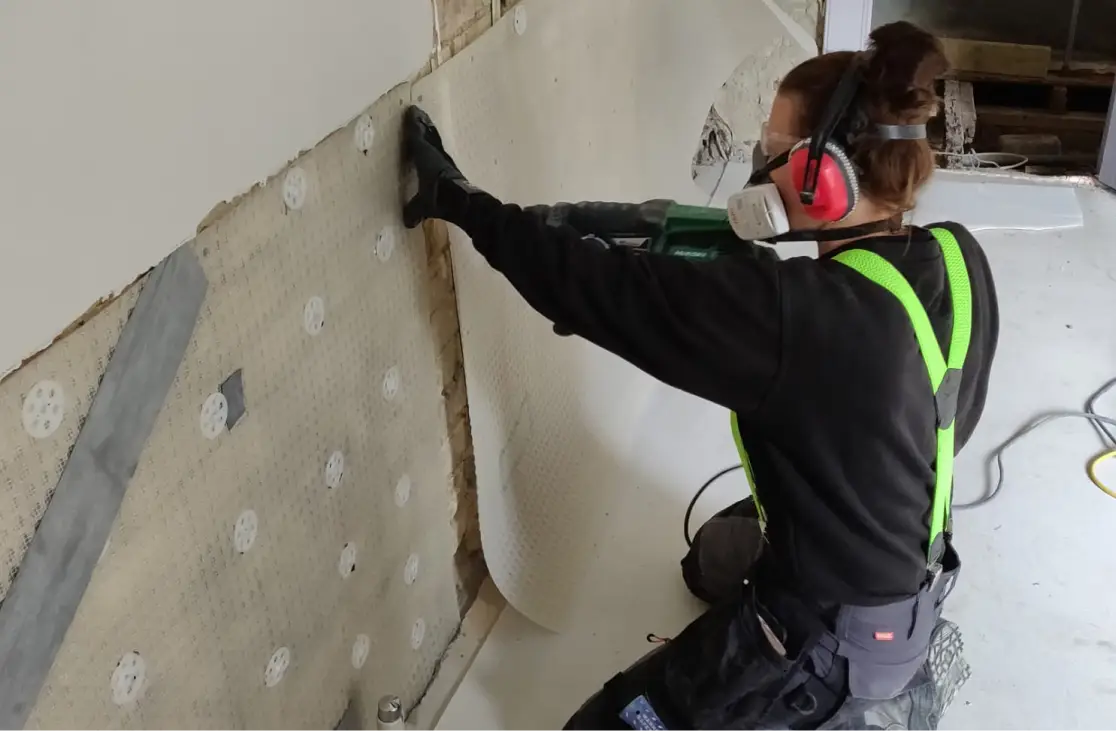
Why Choose Us?
We’ve helped homeowners across the region for over 55 years with surveys, advice and repairs. All surveys are carried out by PCA-qualified specialists who focus on diagnosis first, not selling treatments. You’ll get honest guidance, a transparent price and a practical plan tailored to your home.
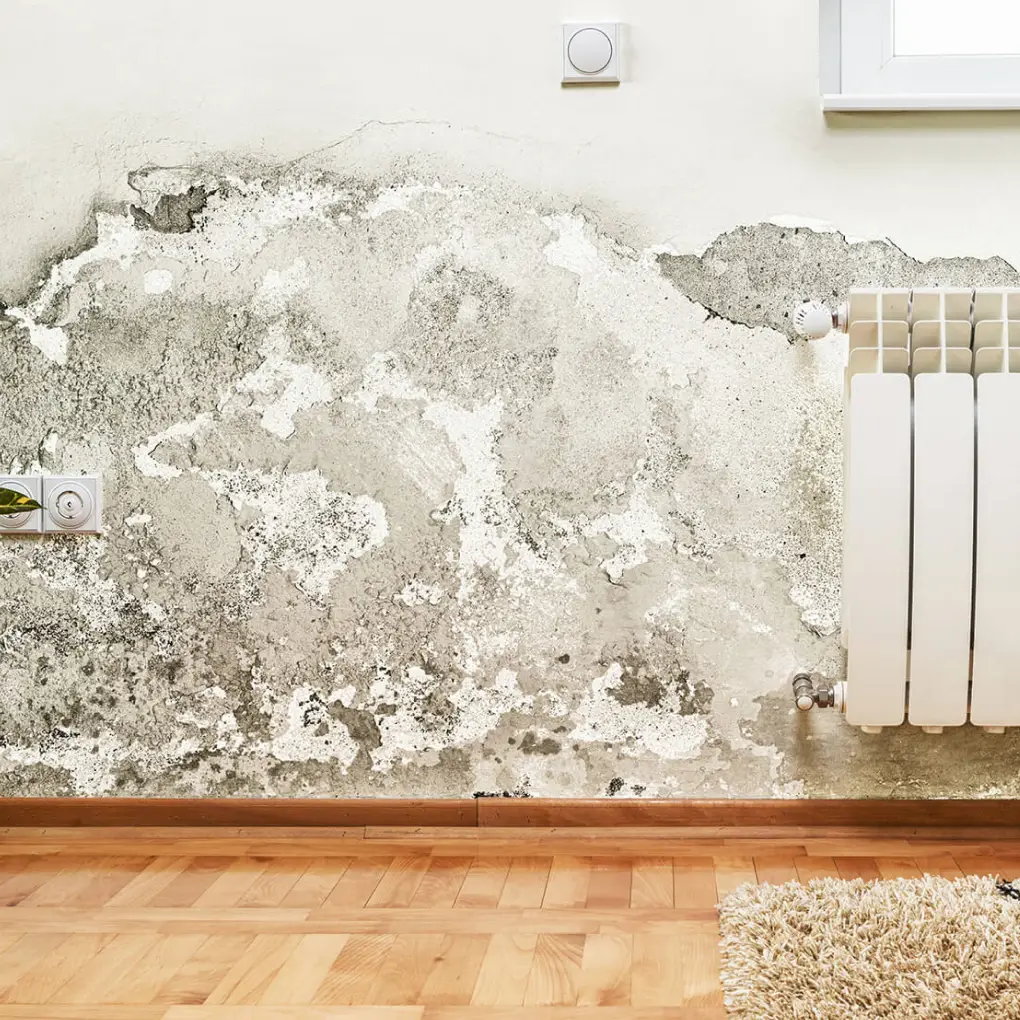
Damp Proofing
Damp problems at home can be frustrating. Whether it’s a musty smell, mould on the walls, or flaking paint — it usually means moisture is getting in somewhere it shouldn’t. That’s where we come in.

Timber Preservation
We’ve been protecting properties in Cambridgeshire and East Anglia since 1967. Our certified timber surveyors diagnose the issue properly and recommend the right treatment the first time. No upselling, no guesswork.
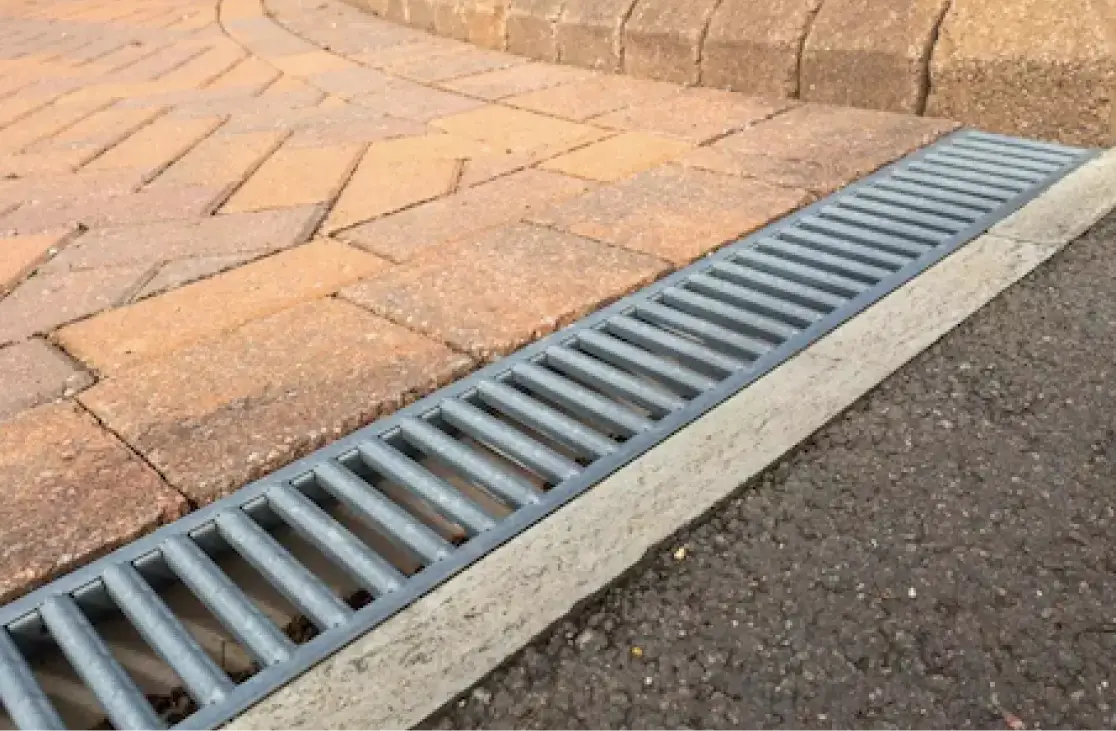
Pricing & Availability
We offer fixed-price surveys starting from £X, depending on property type and location. Appointments available Monday–Saturday, with emergency visits on request.
Areas We Cover
Lorem ipsum dolor sit amet, consectetur adipiscing elit. Nunc in quam ac lacus vulputate suscipit in nec eros. Integer non lectus fringilla, sollicitudin ex et, molestie felis. Mauris eget tempus dui. Sed aliquet orci enim. Suspendisse vel facilisis purus, vitae euismod velit.
Get certainty. Get answers. Get peace of mind.
Book your Damp & Timber Specialist Survey today.
What our customers say
“From the first call to the final check, APP were brilliant. No pushy selling, just solid advice.”
Rachel M, Ely
“APP fixed our rising damp and kept everything tidy. Would absolutely recommend them.”
Tom H, Cambridge
“They knew more in five minutes than other firms did in an hour. Friendly, reliable, and honest.”
Sophie W, Peterborough



